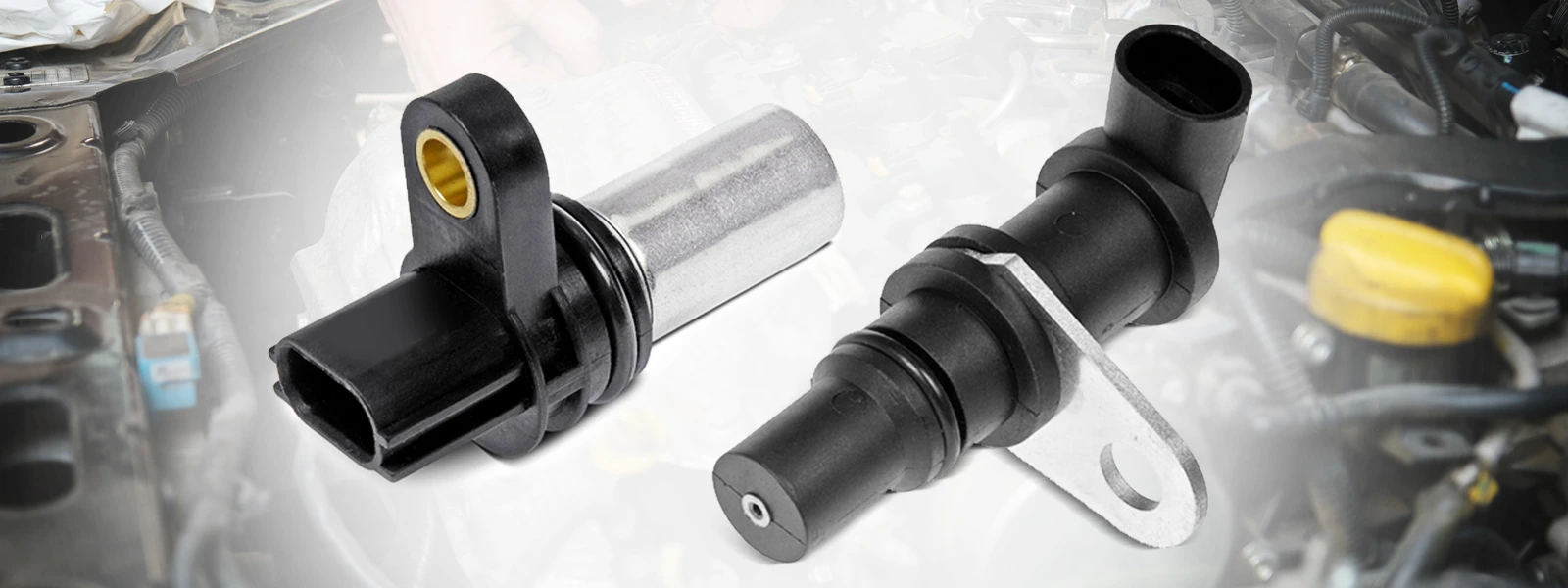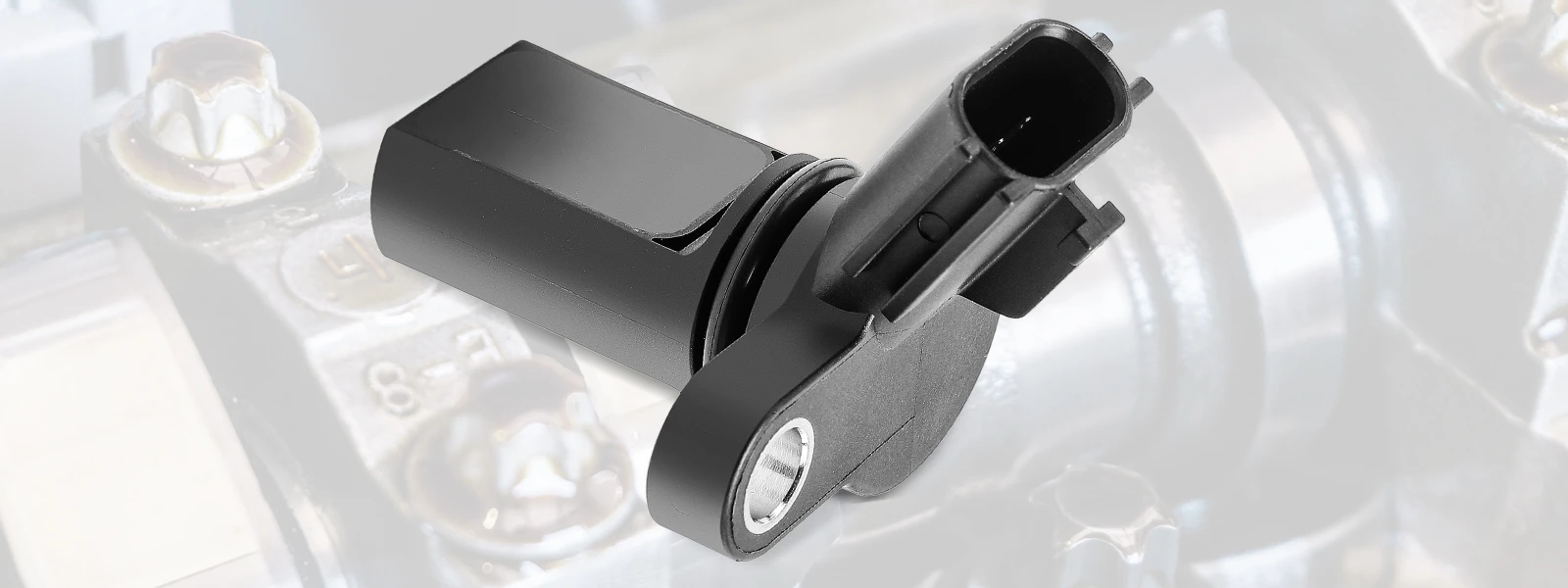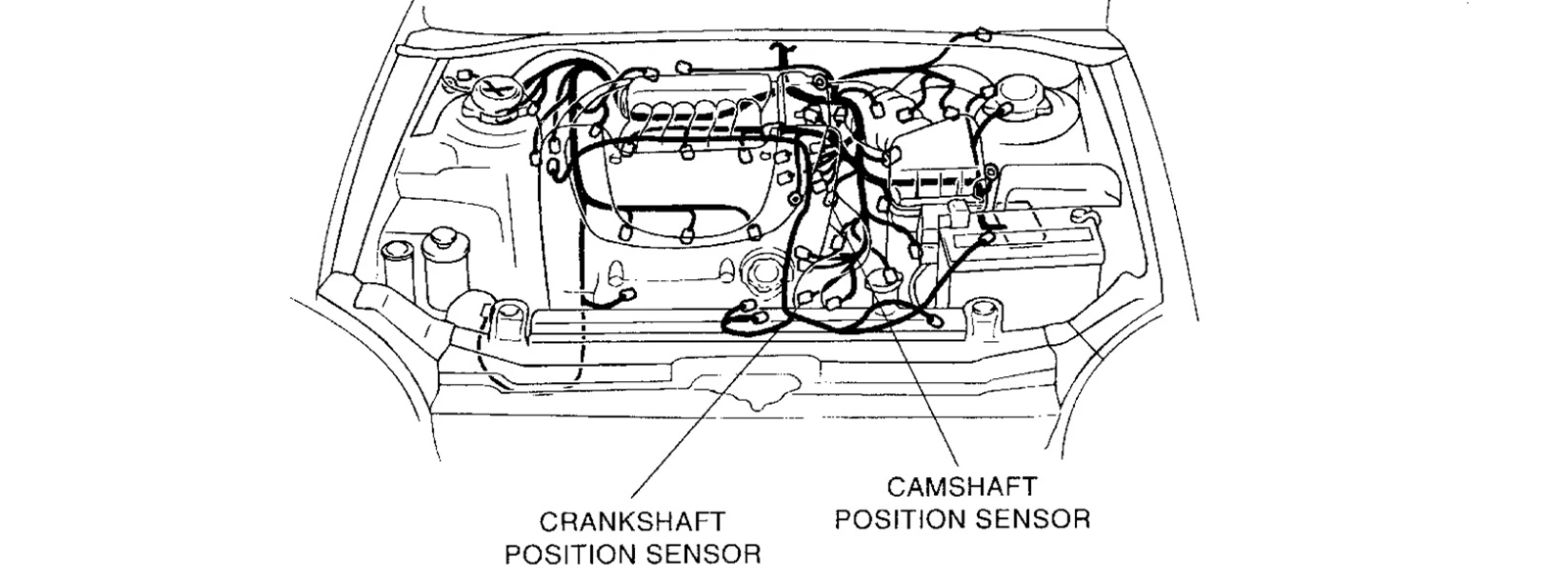
Crankshaft Position Sensor Vs Camshaft Position Sensor
The modern automotive industry has witnessed remarkable advancements in engine technology, and at the core of this progress lie the crankshaft position sensor and the camshaft position sensor. These two essential components of the electronic ignition system play a critical role in ensuring precise engine performance.

What is a crankshaft position sensor?
The crankshaft position sensor is a critical component located near the crankshaft in the engine. Its primary function is to monitor the rotational speed and position of the crankshaft. Using specific technologies such as Hall-effect sensors, magnetic reluctor rings, or optical sensors, this sensor generates electrical signals, providing valuable data to the engine control unit (ECU).
The importance of crankshaft position sensor
The data provided by the crankshaft position sensor is crucial for accurate ignition timing and fuel injection synchronization. By knowing the precise position of the crankshaft, the ECU can determine the optimal moment to ignite the air-fuel mixture in each cylinder. Proper ignition timing ensures efficient combustion, resulting in enhanced power output and improved fuel efficiency. Furthermore, the crankshaft position sensor aids in detecting engine misfires, enabling the ECU to adjust fuel delivery and reduce emissions.
What is a camshaft position sensor?
The camshaft position sensor, on the other hand, is typically located near the camshaft in the engine. It plays a vital role in determining the camshaft's position and rotational speed. Employing technologies such as Hall-effect sensors or optical sensors, this component generates electrical signals for the ECU.
Significance of camshaft position sensor
The camshaft position sensor aids in synchronizing valve timing, ensuring that intake and exhaust valves open and close at the correct moments. Proper valve timing optimizes the combustion of the air-fuel mixture, contributing to better engine performance and reduced emissions. Additionally, the camshaft position sensor helps the ECU monitor the engine's variable valve timing systems, adjusting valve lift and duration to suit different driving conditions, further enhancing efficiency and power delivery.

Camshaft vs crankshaft sensor: the differences
While both sensors are integral to engine performance, they have distinct functions and working principles. The crankshaft position sensor primarily focuses on ignition timing and fuel injection, while the camshaft position sensor is key to valve timing and cylinder operations. The crankshaft sensor monitors the rotational motion of the crankshaft, allowing the ECU to fire the spark plugs and inject fuel precisely. In contrast, the camshaft sensor helps the ECU regulate valve opening and closing times, maximizing combustion efficiency and optimizing power delivery.
|
Aspect |
Crankshaft Position Sensor |
Camshaft Position Sensor |
|
Location |
Near the crankshaft |
Near the camshaft |
|
Function |
Monitors the rotational speed & position of the crankshaft. |
Determines the position & rotational speed of the camshaft. |
|
Contribution to Engine Performance |
Provides data for accurate ignition timing and fuel injection synchronization. |
Synchronizes valve timing for optimal combustion and performance. |
|
Impact on Engine Efficiency |
Enables smooth power delivery, reduced fuel consumption, and lower emissions. |
Enhances engine performance, fuel efficiency, and emission control. |
|
Technologies Used |
Hall-effect sensors, magnetic reluctor rings, or optical sensors. |
Hall-effect sensors or optical sensors. |

Camshaft vs crankshaft sensor: the FAQs
Q1: Are the crankshaft position sensor and the camshaft position sensor interchangeable?
No, these sensors are not interchangeable. They have different functions and are positioned at distinct locations within the engine. Each sensor plays a specific role in ensuring proper engine timing and performance.
Q2: How can I diagnose whether the crankshaft position sensor or camshaft position sensor is causing problems in my vehicle?
Diagnosing sensor issues typically involves using diagnostic tools to read error codes stored in the vehicle's ECU. Mechanics can analyze these codes to pinpoint which sensor is malfunctioning and then conduct further tests to confirm the diagnosis.
Q3: What are some common symptoms of a faulty crankshaft position sensor or camshaft position sensor?
A faulty crankshaft position sensor may lead to engine misfires, rough idling, difficulties during engine startup, and illuminated "Check Engine" light. A malfunctioning camshaft position sensor can cause issues with valve timing, resulting in poor engine performance, reduced power, and increased fuel consumption.
Q4: Do modern vehicles have both sensors, or is one of them more common?
Most modern vehicles are equipped with both the crankshaft position sensor and the camshaft position sensor. They are crucial components of the Electronic Ignition System and work together to optimize engine performance and efficiency.
